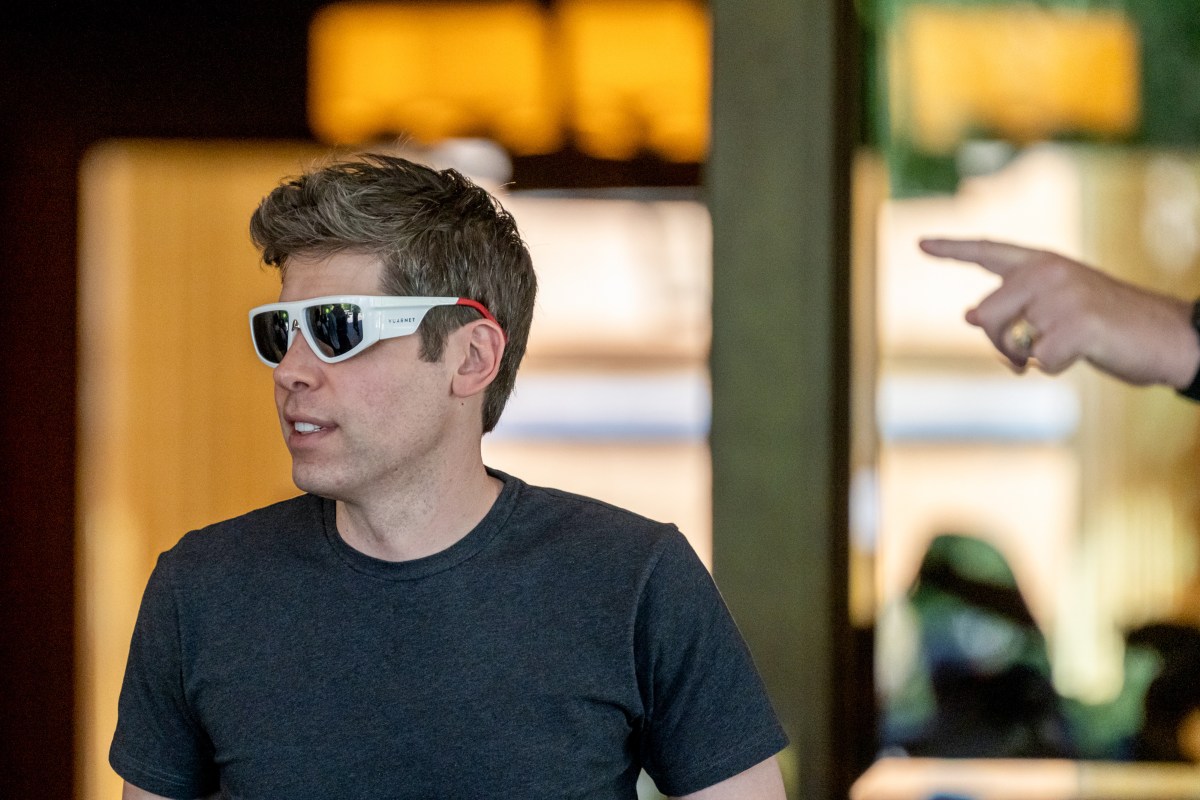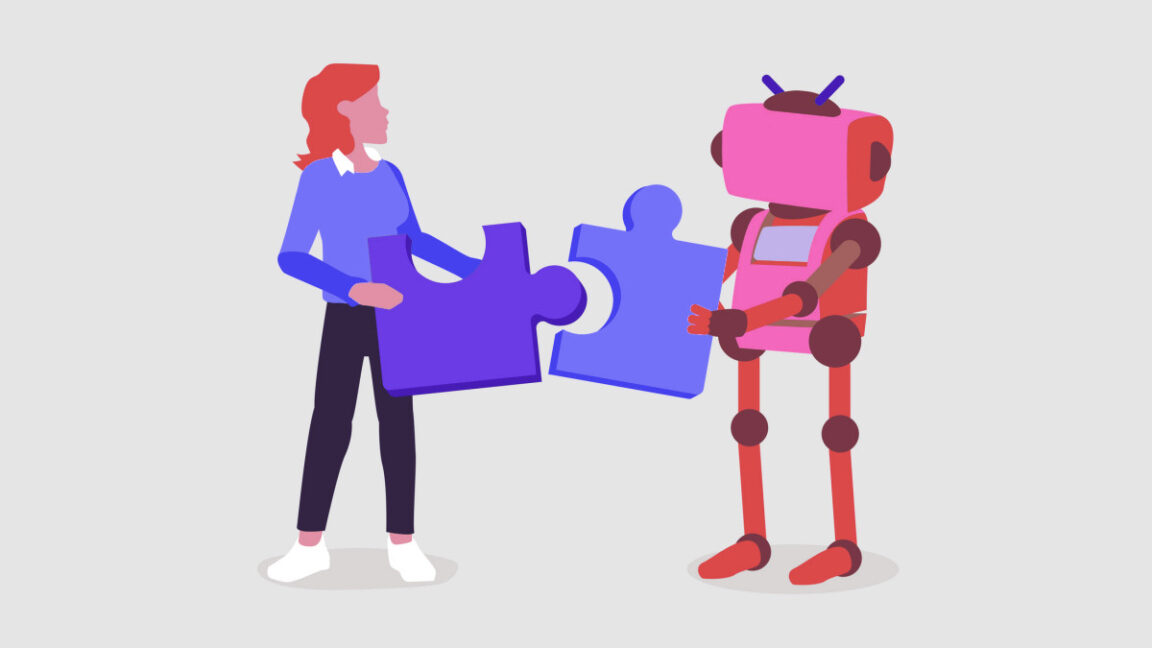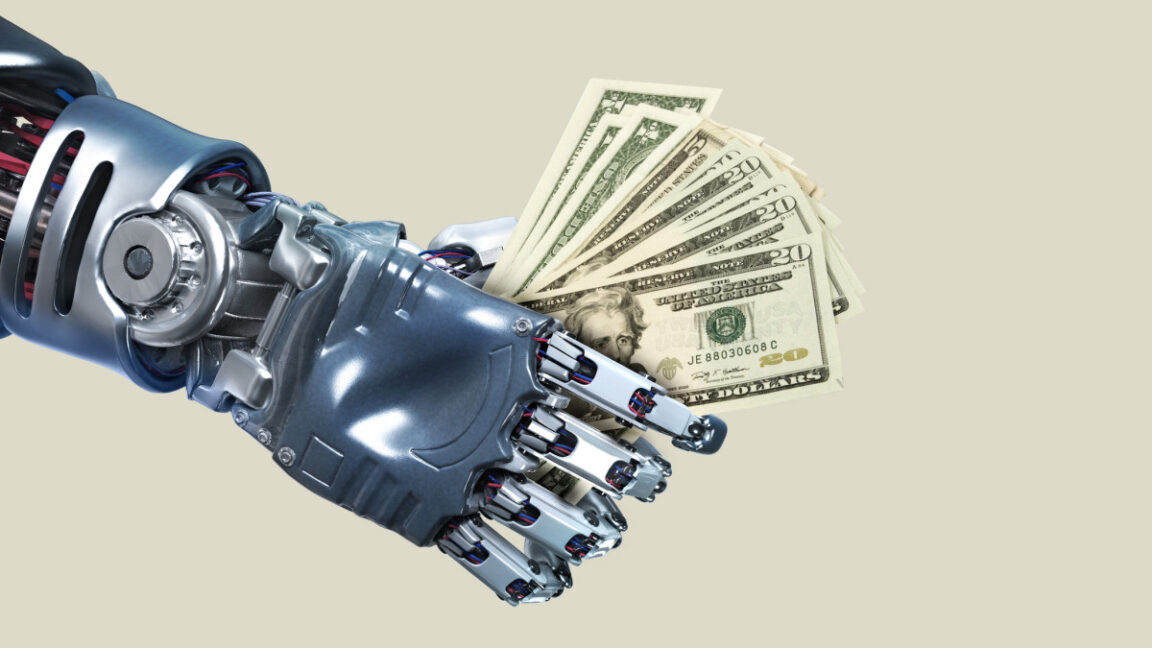Sam Altman over dinner sketches OpenAI’s post–GPT-5 playbook

The view of the bay set the tone: a small group of reporters gathered for dinner in San Francisco as OpenAI’s chief executive arrived with an energy that suggested he had more on his mind than the latest model upgrade. Between bread baskets and small talk, he raised his bare iPhone to show something off—then joked that a truly beautiful device shouldn’t be hidden behind a case. It was a nod to the hardware ambitions brewing alongside OpenAI’s software roadmap.
What emerged over the evening was a clearer picture of how the company intends to move beyond the GPT-5 news cycle. Model releases still matter, but they’re no longer the whole story. OpenAI is repositioning itself around end-to-end experiences in search, consumer hardware, and enterprise software—an ecosystem play rather than a single-product push.
A key figure in that transition is the incoming head of applications, Fidji Simo, who will oversee a slate of consumer products outside of ChatGPT. Among the projects reportedly in the pipeline is an AI-forward web browser designed to challenge today’s incumbents. Leadership even hinted they would evaluate a hypothetical acquisition of a leading browser if it ever came up for sale—less a prediction than a signal of how seriously OpenAI is taking user-facing distribution.
The company is also exploring an AI-native social platform. Current uses of AI in social media don’t excite the team; they’re asking whether a more imaginative, participatory social experience can be built around AI from first principles. If Simo ultimately oversees both the browser and a social product, it suggests an integrated strategy that meets consumers where they spend most of their digital time.
Hardware remains part of that vision. The dinner chatter returned more than once to a forthcoming device crafted with a legendary hardware designer. The CEO quipped that the device should be so elegant that covering it with a case would feel almost offensive. The joke underscored a serious point: OpenAI wants to make AI feel native, not bolted on—a shift from app to artifact.
Another frontier under discussion was the brain–computer interface space. OpenAI is considering backing a new venture in this arena to compete with the most prominent players. Any investment, they stressed, would be just that—an investment. How (or if) a neurotech effort would connect to OpenAI’s models or devices remains an open question.
Even as the conversation gravitated to the future, the immediate past was hard to ignore. GPT-5 landed to a mixed reception: capable, but not the step-change many expected after years of anticipation. Compared with its predecessor—which reset expectations across the industry—GPT-5 is broadly competitive with top offerings from other labs rather than clearly ahead. In response to user feedback about tone and routing, OpenAI reinstated GPT-4o and restored a model picker in ChatGPT, acknowledging that different tasks and preferences call for different defaults.
Leaders at the table were candid about missteps. Deprecating a widely used model without a clear runway confused loyal users. The takeaway: future retirements will include explicit transition periods so developers and consumers have time to adapt.
On the product side, the team is tuning GPT-5’s voice to feel warmer without slipping into flattery. They emphasized that the assistant should help people think and act, not enable unhealthy dependence. Fewer than one percent of users are estimated to have problematic usage patterns—a small share that still translates to a very large absolute number at ChatGPT’s scale. To address this, OpenAI says it worked with mental-health experts to craft a rubric for responses that gently push back on harmful behaviors and avoid reinforcing negativity.
If the vibes around the launch were uneven, the business indicators were not. Within two days of release, API traffic reportedly doubled, quickly saturating available compute. Several coding tools moved to make GPT-5 their default model. The juxtaposition—tempered consumer sentiment alongside surging developer demand—captured the company’s current paradox.
Beyond models and apps, OpenAI is laying groundwork in capital-intensive areas like data centers, robotics, and energy. The destination looks less like a single product company and more like a diversified technology platform—akin to the scope of a major holding company, possibly even broader. That kind of expansion requires massive funding, and a public listing increasingly feels like a matter of when, not if.
In that light, the dinner made sense. It wasn’t a postmortem on GPT-5—it was a preview of OpenAI’s next chapter. The company wants to be known for the experiences it builds, the devices it ships, and the infrastructure it operates, not just the name of its top model. And as it readies itself for bigger ambitions and bigger capital needs, it’s also working to reset expectations: the era after GPT-5 won’t be defined by a single breakthrough, but by how the pieces fit together.



